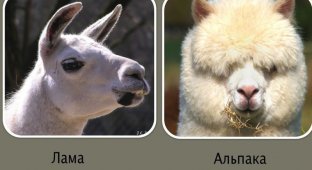Far in the mountains of South America, where the peaks of the Andes hide among clouds, the legend of the origin of the alpacas was born. They say that once higher powers sent down these fluffy creatures to the earth so that they protected nature and were faithful helpers of man. 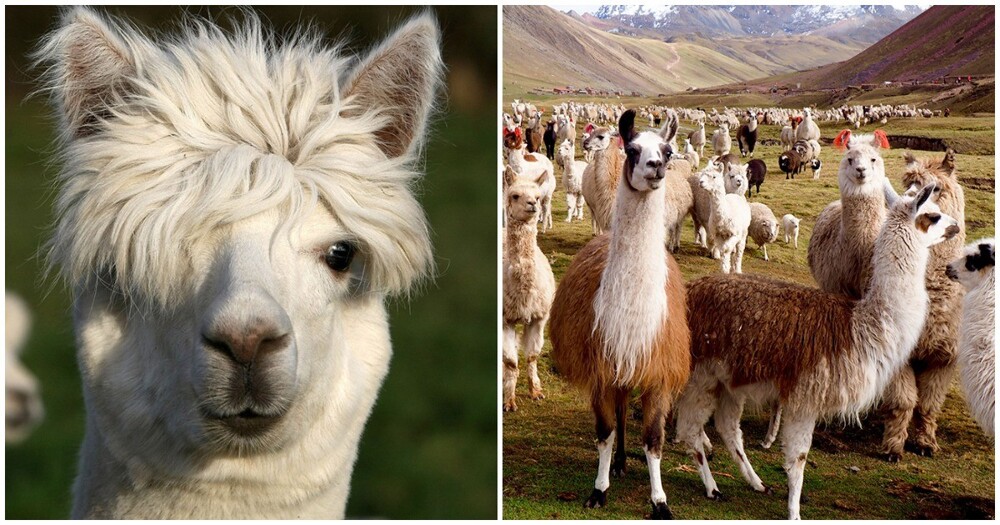
Thousands of years ago, when the ancient civilizations of South America just starting to master the harsh peaks of the Andes, they drew attention to alpaca People realized in time that these animals have unique properties that can help a person survive in harsh conditions highlands. 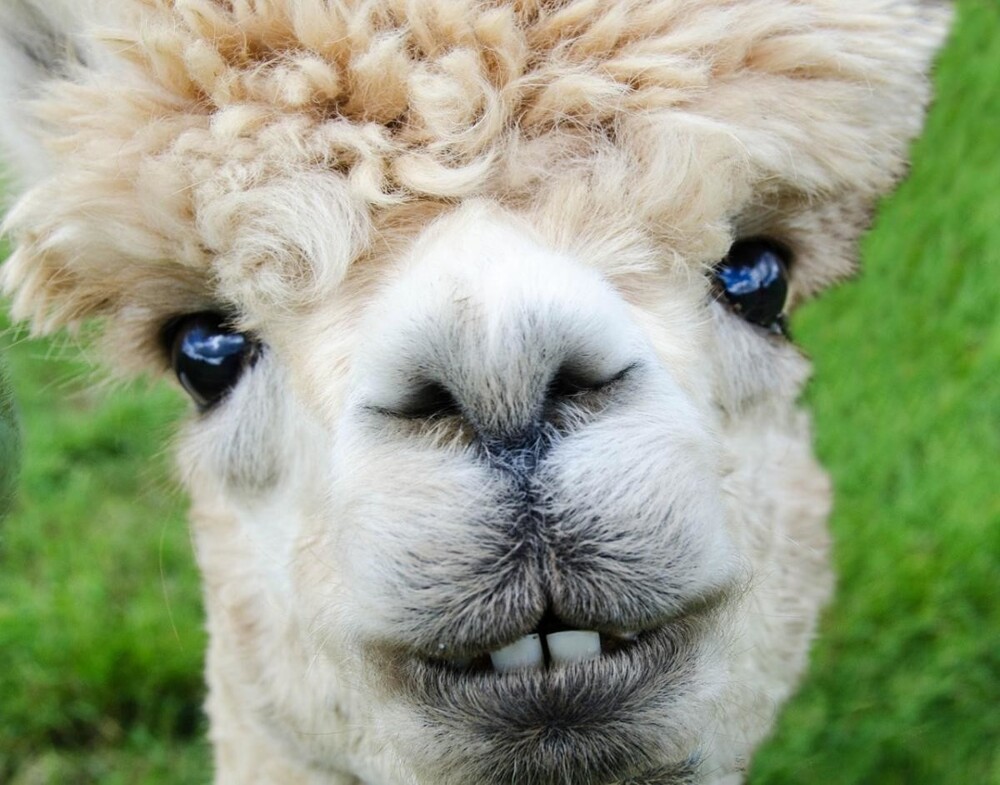
Alpacas have everything for life in the mountains at an altitude of up to 5000 m. People used their warm wool (the animal gives an average of 4 kg of wool per year) and the ability to carry heavy loads over long distances. Animals were domesticated about 6,000 years ago by the Indians of Peru.
Over time, alpacas have become an integral part of culture of the Incas. From wool they made and make not only clothes, but also carpets, blankets and more. By the way, alpacas have 20 different types of wool. shades from white to brown and black. Alpaca meat is considered delicacy. 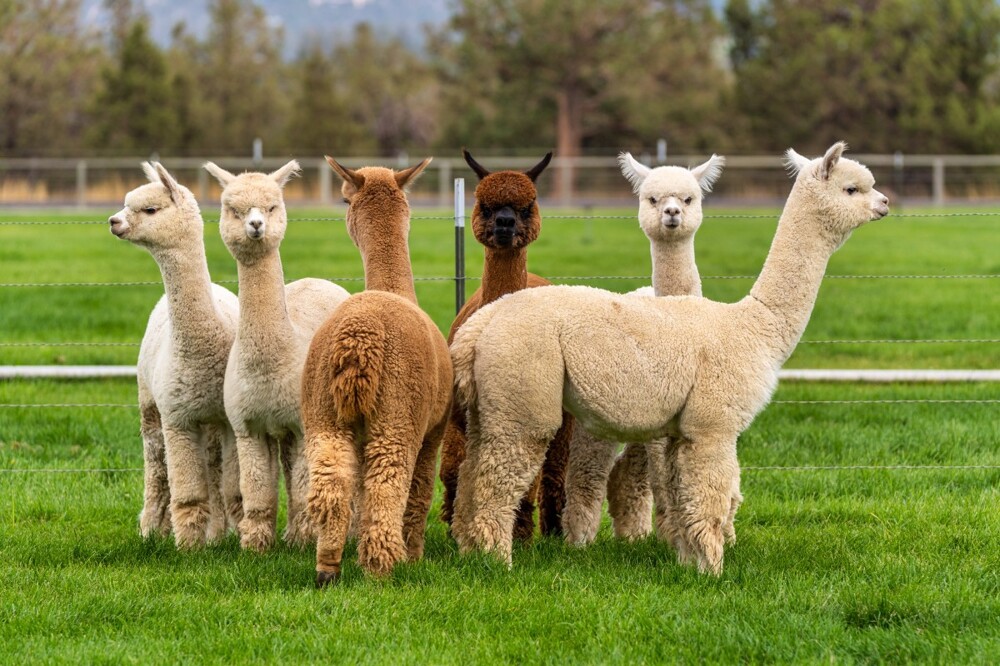
An interesting fact is that alpacas are very friendly and sociable. Unlike their camel relatives and llamas they don't spit on a person.
They live in herds and create a unique bond with each a member of their group, and loneliness for them is a punishment. They turn on real friends in the herd for life. These animals are very clean, they even have something like a toilet: they go to natural need only in a certain place. 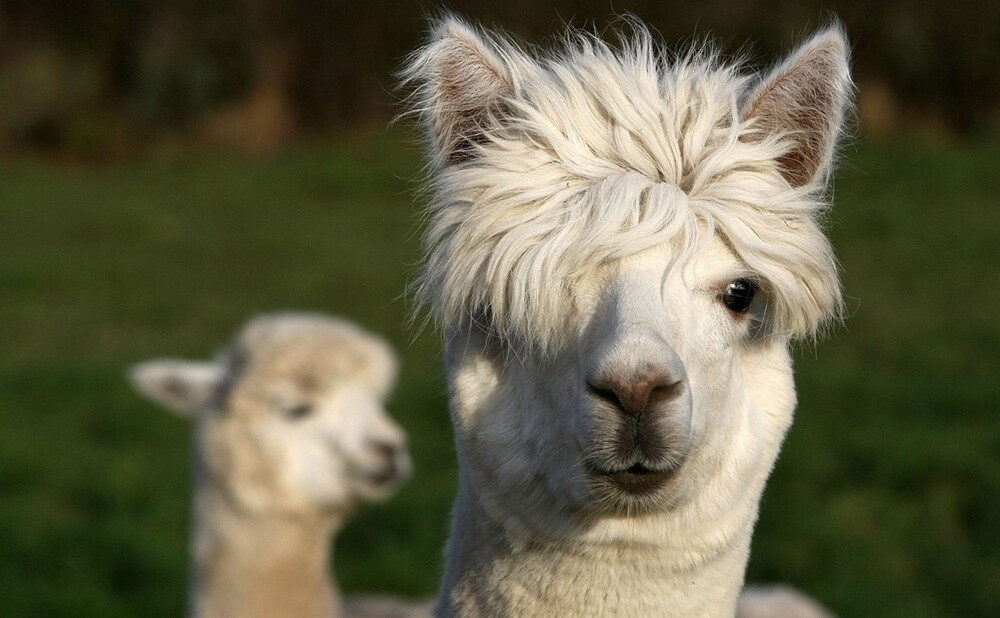
Today, alpacas are popular not only in South America, but also in around the world. People simply adore alpacas, not only for their unique appearance and soft coat, but also for their calm, peaceful nature. Alpacas often live on farms and in zoos and have become heroes numerous cartoons, toys and greeting cards. 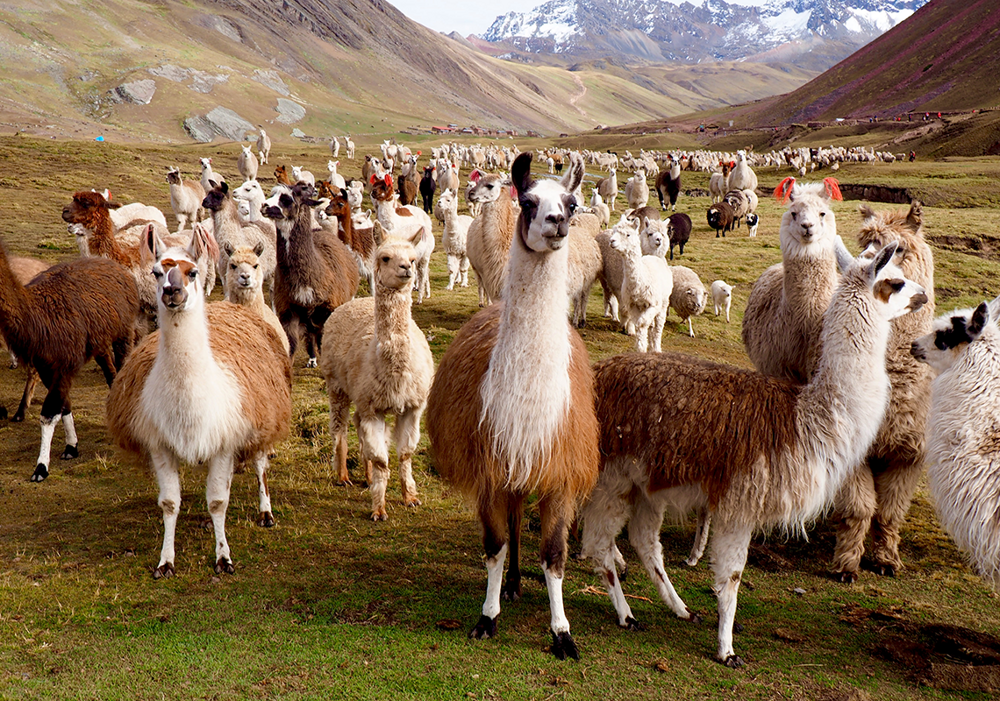
Alpacas continue to amaze scientists with their unique properties. Researchers have recently discovered that alpacas have the ability to change the structure of their coat depending on the weather conditions. In the cold season, their coat becomes denser, providing additional protection from the cold, and in the heat - it becomes looser and air, providing comfortable temperature conditions for animals. 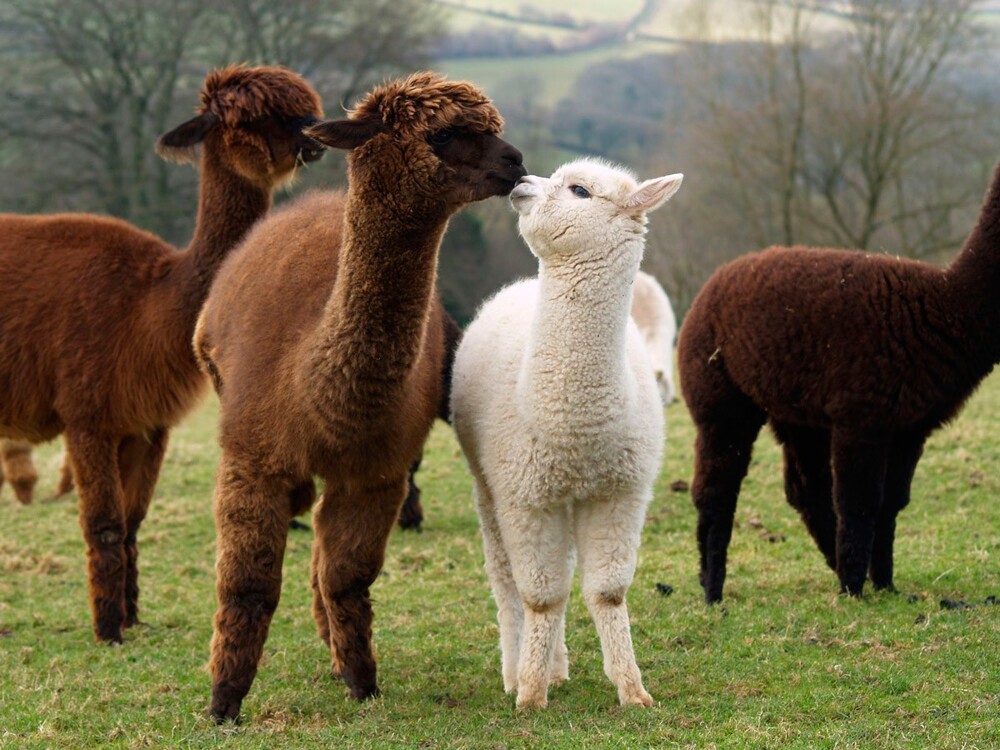
Alpacas love to swim! They joyfully dive into any water and swim with pleasure. This is a very funny sight. The ability to pose for a photo adds charm to them and it seems that on them faces appear at this moment a smile. Alpacas generally have a rich facial expressions. 
These cute guys have a unique language of expressions and gestures. They can communicate using postures, ears and ponytails. When they feel danger, they tap their hooves on the ground to warn others herd members.
Add your comment
You might be interested in:












